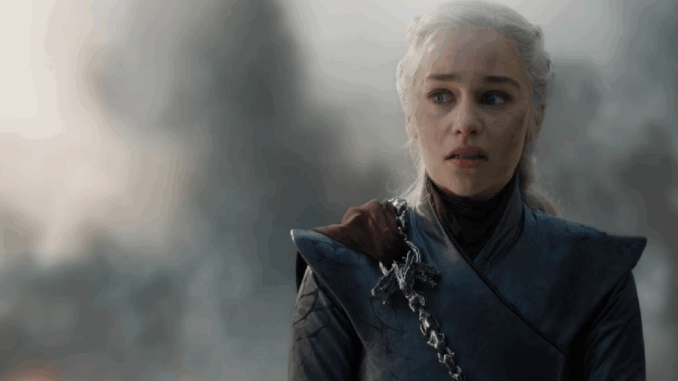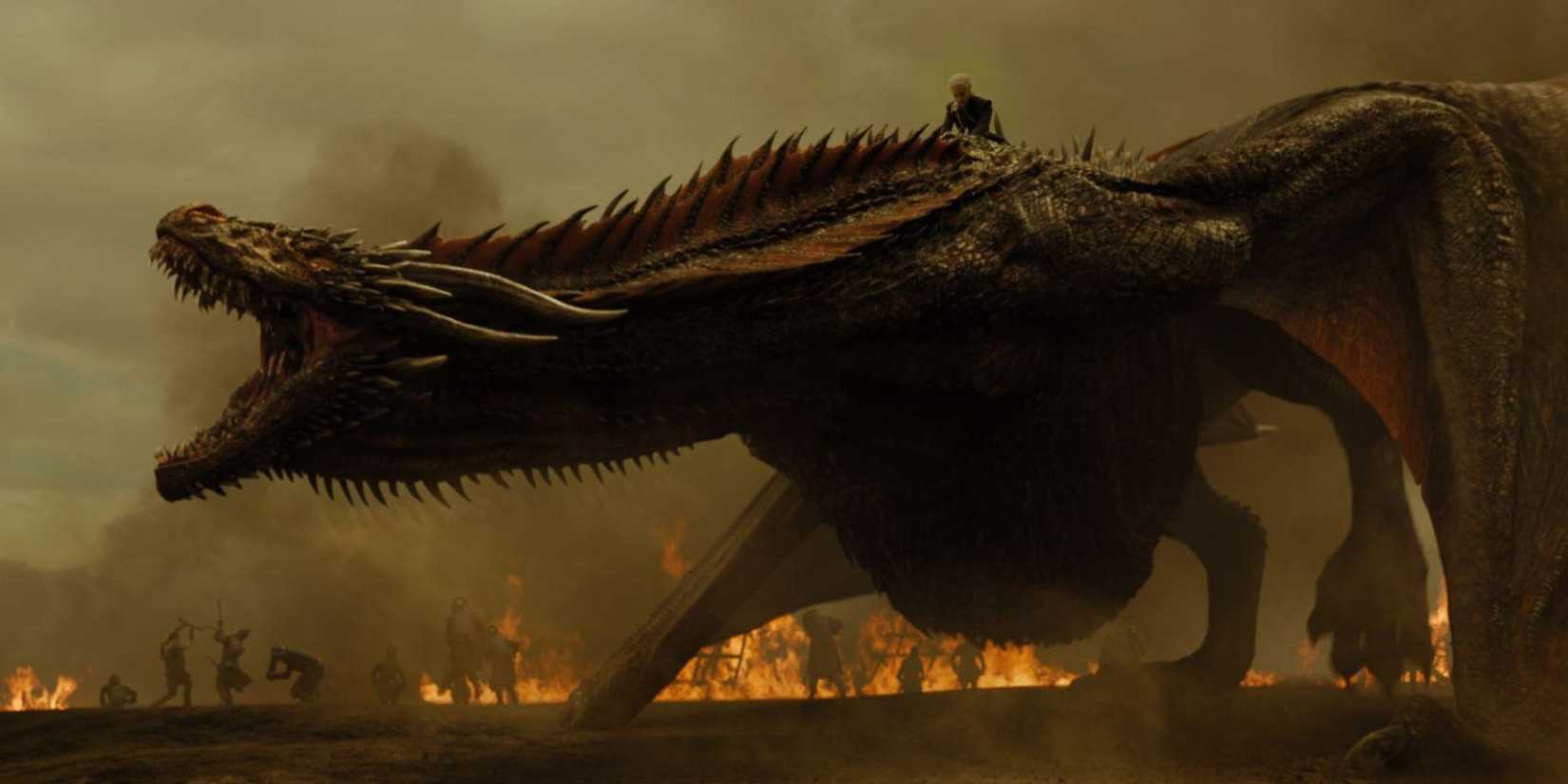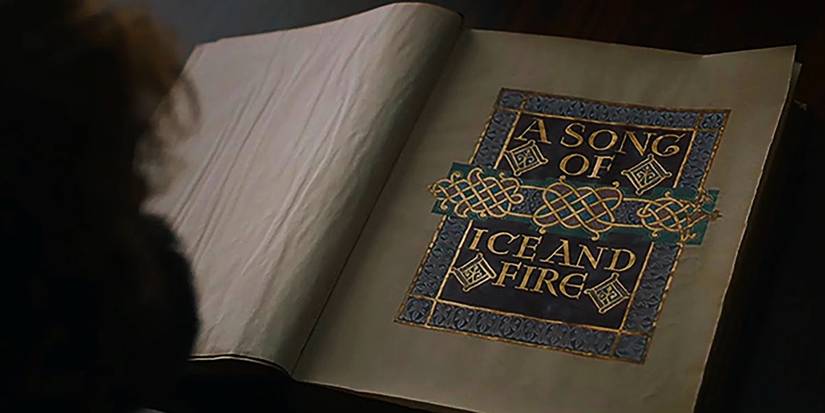
However, there is a moment in this last episode of the epic fantasy TV show that is often overlooked by fans and not widely discussed when considering how the creators sought to provide fans with a meaningful conclusion to the overall narrative. When Drogon melted the Iron Throne following the demise of the Mother of Dragons, he represented the fall of an old order and the rise of a different society. This haunting scene in the finale of Game of Thrones is one of the few details that saved this contentious conclusion to the most prominent show in pop culture within the last decade.
Drogon Put an End to the Iron Throne
However, in the final episode of the fantasy epic, the narrative was more concerned with the conclusion of the main character arcs than with the massive creature that had destroyed nearly an entire city in the previous episode. Between the aftermath of Jon Snow killing Daenerys, the council choosing a new ruler of Westeros, and rebuilding the world under a new political concept, there was merely a mention of Drogon’s whereabouts being uncertain. Despite the last dragon in the known world being overlooked, the beast had an iconic scene at the beginning of the last installment that symbolized the entire point of Game of Thrones.
One thing the final season of Game of Thrones did right was focus on the fight for political control of the Seven Kingdoms, completing the saga with the most important theme in the storyline and appropriately titling the last episode, “The Iron Throne.” Ironically, Daenerys Targaryen fought so hard to sit on the throne of her ancestors, only to be killed by Jon before she ever had a chance to even sit on it. This detail, coupled with Jon, the last person with Targaryen blood, going beyond the wall with the Free Folk, solidified the idea that conquerors like the Targaryens would never sit on the Iron Throne or rule Westeros ever again, representing the shift in political power within the fantastical world that would seemingly change the constant fight for power the realm had known for centuries.
Drogon’s Act Represented the Biggest Theme in Game of Thrones
What was emphasized even more throughout the show was how both loved and hated characters in the dynamic could be corrupted or negatively viewed due to their choices, which not only impacted other key characters but also every civilian life they were responsible for. For example, Ned Stark was a beloved main character in Season 1, but the finale of the season in which he was beheaded highlighted that his honorable view of the system was profoundly problematic and failed to address the major issues of blindly swearing allegiance to certain people simply due to their status and family name. This theme of making harmful decisions to gain political standing was represented throughout the series, as seen in Daenerys Targaryen’s belief that she was entitled to power due to her royal family’s blood and history, while failing to consistently recognize the lower-status people who paved her way to success.
By the conclusion of Game of Thrones, the players vying for control of the Seven Kingdoms, such as Cersei Lannister and Daenerys, had the opportunity to live a life that would provide them with happiness and meaning. However, they were too blinded by their desire to rule and turned their backs on prosperity and clear-headed leadership. Therefore, this moment in which Drogon burned the Iron Throne was more than this dragon mourning the loss of the one who raised him and taking his anger out on the object of her desire, which resulted in her demise.
This scene was a powerful representation of the political turmoil throughout the series, clarifying that the overall point of the finale was to criticize the overarching theme of seeking control in a system designed to keep only a few prospering at the expense of everyone else.
These Small Details Saved the Game of Thrones Finale
Most were not thrilled that the council of lords and ladies decided to name Bran Stark the king of Westeros, but the Small Council, being made up of supporting characters like Brienne of Tarth, Davos Seaworth, and Samwell Tarly, appeased those who wanted these underrated characters not to be overshadowed by other storylines. It was also exciting to see the story of the years after Robert Baratheon’s demise memorialized in a book titled A Song of Ice and Fire, which paid homage to George R.R. Martin’s source material and clarified that this beloved story would be a memorable part of Westerosi history throughout the upcoming years of serious political and social change.
These seemingly small details meant to appease fans in the Game of Thrones finale lightened the impact of unsatisfying character conclusions. However, not every small moment and short-lived scene in the last episode was an inclusion simply meant to be nostalgic for long-time fans of the series. Drogon burning the Iron Throne is a haunting symbol of the show’s most profound theme and epic conclusion, representing the corruptive nature of power and the need to dismantle the old system to set the groundwork for a new society.



